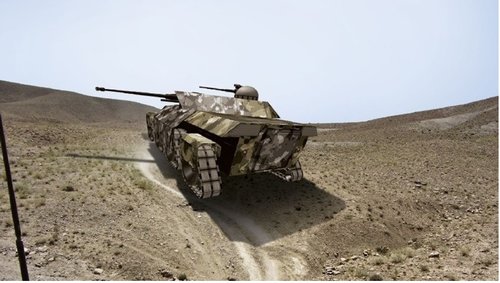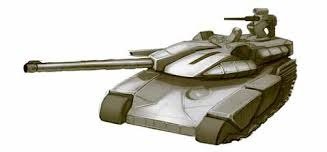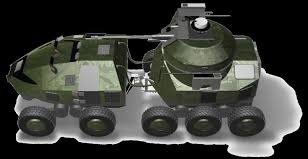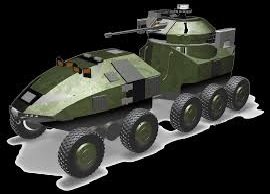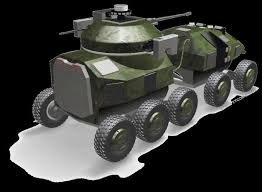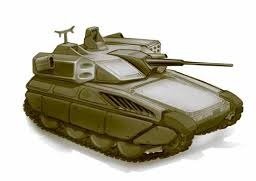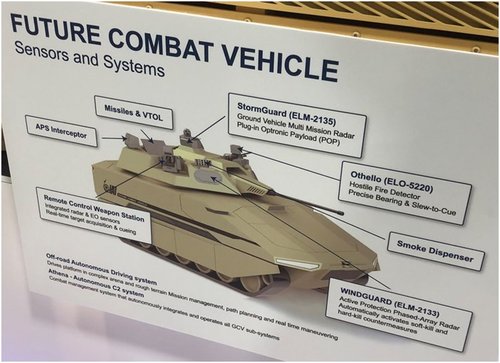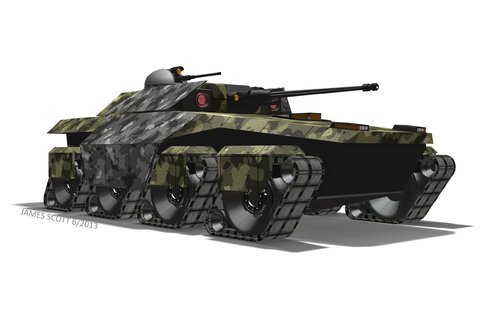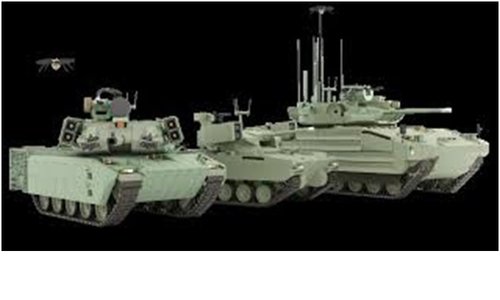Bruno Anthony
I miss the Cold War
- Joined
- 5 August 2012
- Messages
- 627
- Reaction score
- 600
In my opinion, probably not.
Some reasons:
1. The Pacific Centric group in the USArmy will win out over the Euro Centric group (Off/Def long range weapons from island bases vs large scale land combat)
2. Our current President is pushing a confrontation w/China and the USArmy leadership will see which way the wind is politically blowing
3. We’ve been dragging the Abrams around for so long, institutional inertia has set in. Are we on the 38th upgrade or thereabouts.
4. Infighting btw the Manned vs Unmanned groups
5. (This one may belong in one of the other reasons.) The anti tank missile now owns the tank. The tank is Dead!
Some reasons:
1. The Pacific Centric group in the USArmy will win out over the Euro Centric group (Off/Def long range weapons from island bases vs large scale land combat)
2. Our current President is pushing a confrontation w/China and the USArmy leadership will see which way the wind is politically blowing
3. We’ve been dragging the Abrams around for so long, institutional inertia has set in. Are we on the 38th upgrade or thereabouts.
4. Infighting btw the Manned vs Unmanned groups
5. (This one may belong in one of the other reasons.) The anti tank missile now owns the tank. The tank is Dead!

